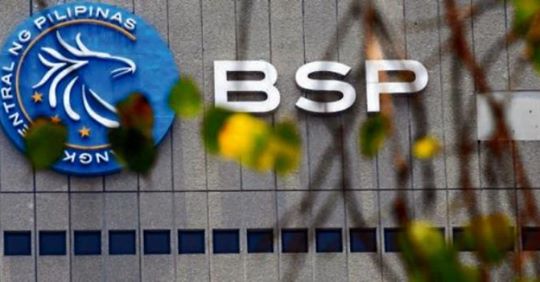
The Philippines can end up a major winner in the postpandemic environment if public and private sector policymakers can undertake a unified effort to attract firms that are moving production facilities out of China as a result of US-Sino trade tensions.
Thus said Bangko Sentral ng Pilipinas (BSP) Governor Benjamin Diokno who noted the country was strategically positioned to take advantage of this economic shift due to its strong trade ties with both nations.
“While the Philippines has been recognized as one of the top investment destinations post-COVID-19, the Executive, Congress, and the private sector have to unceasingly do more to further boost the country’s attractiveness to foreign investors,” he said over the weekend.
Both the United States and China are major export destinations and import sources for the Philippines. The country’s bilateral trade with these two economies accounts for more than 25 percent of total exports and imports according to data.
The Philippines’ main linkages to the global production networks are through electronics and machinery exports.
“In the long run, the escalation of the US-China trade war and the coronavirus pandemic could have a positive impact on the Philippine economy,” Diokno said. “Both events have prompted a reevaluation across countries of the existing global supply with firms possibly moving toward reducing dependence on any single country.”
The central bank chief—who is also an economist and a former budget secretary for two presidential administrations—explained the current wave of revamping of global supply chains “opens a window of opportunity for the Philippines to benefit from trade redirection and relocation of production sites.”
He said Philippine exports, which remained broadly stable despite the trade tensions between the United States and China, were expected to remain so even in the event of a full blown trade war between the two largest economies in the world involving a tit-for-tat exchange of retaliatory tariffs.
Based on data from the Philippine Statistics Authority, electronics exports—which make up more than half of the Philippines’ goods exports—continued to perform well in 2019, notwithstanding its link with global production networks.
This phenomenon can be attributed to the Philippines’ low exposure to products targeted directly by US tariff actions against China. The exposure is estimated at a low of 0.5 percent.
“Not surprisingly, the Philippines is expected to be among the least affected by the US-China trade tensions,” Diokno said. “This supports [International Monetary Fund’s] view that the country’s low participation in global trade as well as in global value chains relative-to-peers seems to explain why the Philippines has not been negatively impacted by the US-China trade war.”